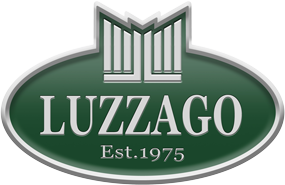Rover P6 2000 TC - 1976
(1).jpg)
Model history and curiosity
At the beginning of the sixties the British car manufacturer needed a new model to accompany the aristocratic P5, marketed as 3 litres, so at the end of the fifties they began the development of a new sedan, which had to be modern and accessible but equally prestigious.
The P6, initially known only by the name 2000, was presented at the Earl's Court Motor Show in London in the autumn of 1963 and immediately received good appreciation from the public, so much so that it was the first car to receive the Car of the Year in the first edition of the competition in 1964.
Starting from a traditional setup with the longitudinal front engine and rear-wheel drive, the P6 introduced some technical innovations such as the bodywork made up of elements bolted to a load-bearing frame, the aluminum bonnet and trunk, the rear axle with De Dion scheme, power-assisted disc brakes on 4 wheels, collapsible steering column; the engine, specially designed for the new model, was a modern 4-cylinder in-line with overhead camshaft equipped with particular Heron combustion chambers obtained in the piston crown.
The interiors were also quite innovative, especially with regards to safety, since the designers had applied the first ergonomic safety theories to the interior, with a collapsible steering column, padding in the dashboard to protect the knees of the driver and passenger, the secondary controls grouped in the center and classified by function with a different shape from each other to be able to be identified even in the dark.
The last P6 produced: a 1977 3500 V8 S with the front end of the second version
The interior of a 3500 V8 S, where you can see the innovative headrests
A 2000 TC with the spare wheel anchored to the tailgate
The line, designed by the company's historic designer David Bache, was a true revolution for the British car manufacturer. It was a sports sedan with a slender line, a very sloping windscreen and a hint of rear fins that ended with the housing of vertical lights; the front featured two new pairs of round headlights flanked by side lights and inserted into a large aluminum grille with horizontal strips. These elements represented a decisive change compared to the past, renouncing the usual layout typical of the company but also of many British cars of the time, i.e. just two round headlights on the side of the large central grille. The car was also equipped with an unusual anchoring for the spare wheel on the tailgate, an optional that allowed for more space inside the trunk where the wheel was originally housed.
At the time of its debut in the autumn of 1963 the Rover 2000 was available with a single 1978 cc 90 HP engine and a carburettor, combined with a four-speed manual gearbox or a 3-speed automatic transmission.
In December 1963 it appeared on the Italian price lists for the first time, at a price of 2,850,000 lire.
In March 1966 the 2000 TC was also marketed with an engine equipped with two carburettors and a power of 107 HP which was marketed mainly on the American and continental European markets.
In 1968 production grew and the car was also produced in the Rover factories in New Zealand and South Africa. The range was expanded with the 3500 V8 (Three thousand five) equipped with a new and powerful central single-shaft aluminum V8 of 3532 cm³ and 149 HP, available only in the version with three-speed automatic transmission and recognizable for its wide intake air under the front bumper.
In 1970 the British body shop FLM Panelcraft also produced over a thousand examples of the 3500 V8 Estoura, a family version with a large trunk. However, following a disastrous fire that hit the factory that produced it, most of the cars were destroyed, so only a couple of hundred were sold.
In 1971, on the occasion of the stylistic renewal which involved the entire range and which included a new front end, new instrumentation and the black painting of the sills, the top of the range 3500 V8 S version was also marketed, with the same V8 engine in aluminum but boosted to 155 HP and four-speed manual gearbox.
The last innovation in the range was the introduction in October 1973 of the 2200 SC, with a 2205 cm³ 4-cylinder engine and 98 HP and the 2200 TC with a double carburettor of 115 HP.
The P6 finally went off the list in 1977, replaced by the new Rover 3500.
Gallery
Technical data
Optional
Terms of sale
Automotive practices
You may also be interested
Find your dream car
 Versione italiana
Versione italiana Deutsche Fassung
Deutsche Fassung Alfa Romeo
Alfa Romeo  Alpina
Alpina  Amilcar
Amilcar  Aston Martin
Aston Martin  ATL Autotecnica del Lario
ATL Autotecnica del Lario  Audi
Audi  Austin
Austin  Austin-Healey
Austin-Healey .png) Bentley
Bentley  BMW
BMW  Cadillac
Cadillac  Chevrolet
Chevrolet  Citroën
Citroën  Daimler
Daimler  DKW
DKW  Ferrari
Ferrari  Fiat
Fiat  Ford
Ford  Geko
Geko .svg.png) Honda
Honda  Innocenti
Innocenti .png) Jaguar
Jaguar  Lamborghini
Lamborghini .png) Lancia
Lancia  Land Rover
Land Rover  Lotus
Lotus  Maserati
Maserati  Matra Sports
Matra Sports  Mercedes-Benz
Mercedes-Benz  MG
MG .svg.png) Mini
Mini  Mitsubishi
Mitsubishi .png) Morgan
Morgan  Morris
Morris  Nash Healey
Nash Healey .png) Nissan
Nissan  NSU
NSU  Porsche
Porsche  Renault
Renault 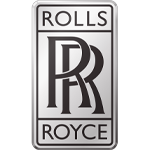 Rolls-Royce
Rolls-Royce  Siata
Siata  Simca
Simca .png) Studebaker
Studebaker  Subaru
Subaru  Sunbeam
Sunbeam  Triumph
Triumph  Volkswagen
Volkswagen  Benelli
Benelli .svg.png) Honda
Honda  Kawasaki
Kawasaki 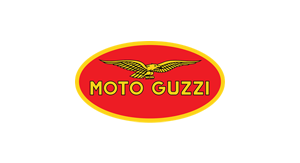 Moto Guzzi
Moto Guzzi .png) NSU
NSU  Ossa
Ossa  Polaris
Polaris  Royal Enfield
Royal Enfield  Suzuki
Suzuki  SWM
SWM  Yamaha
Yamaha 
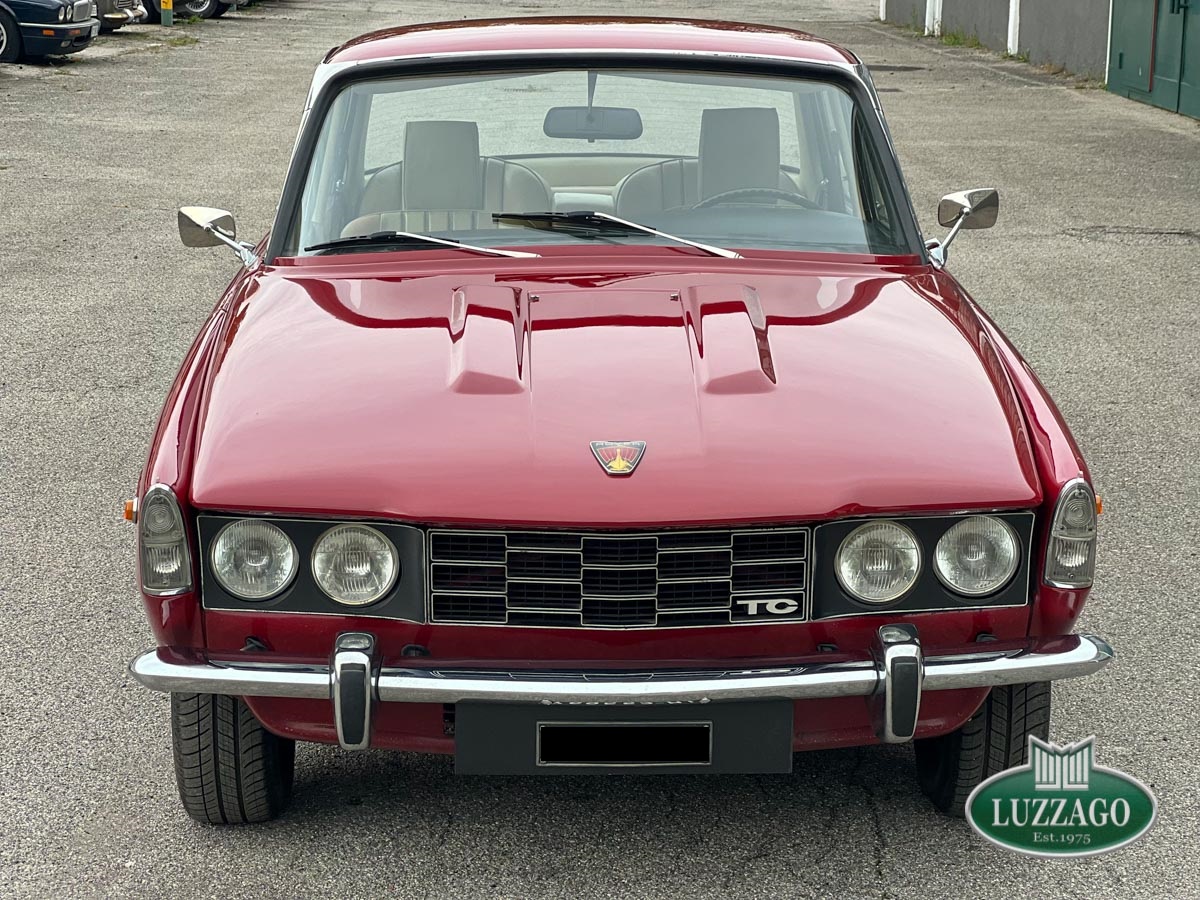




























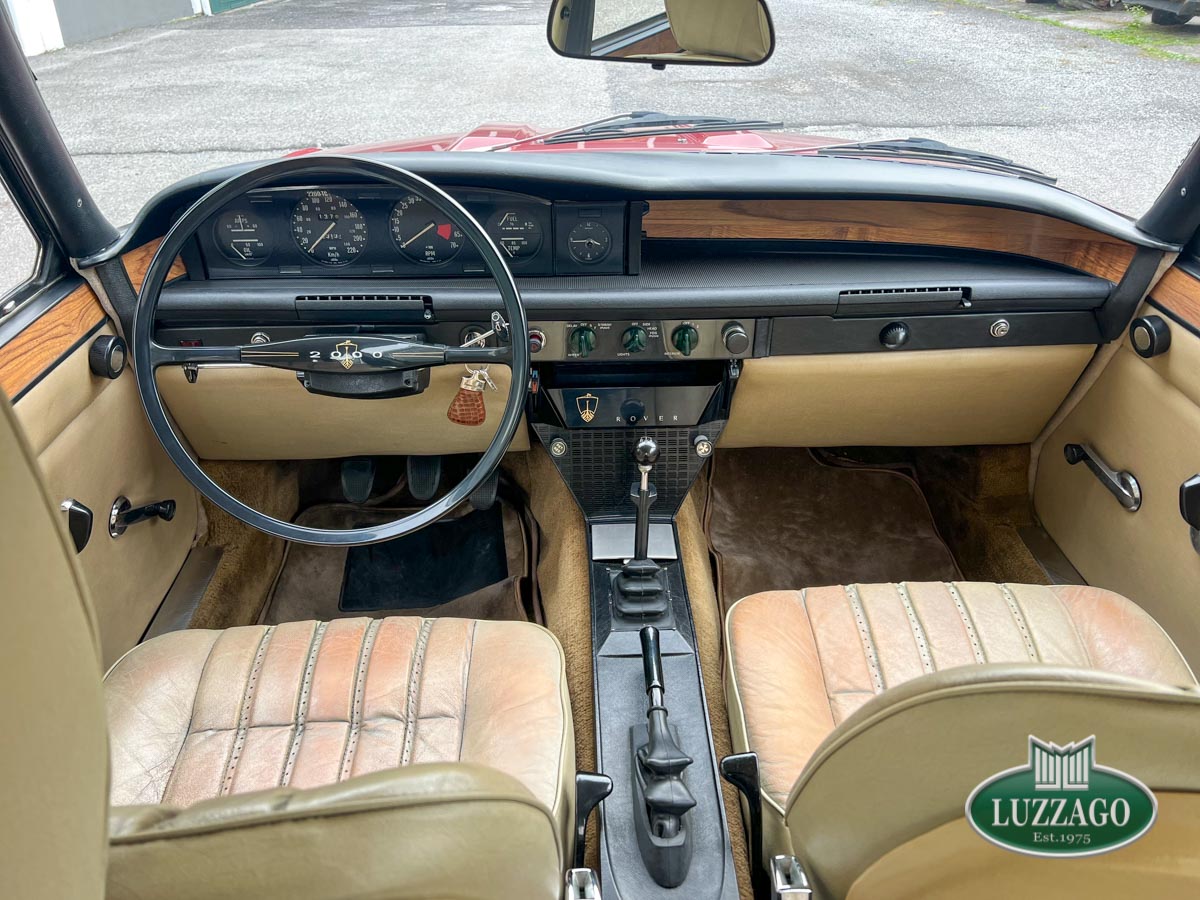

















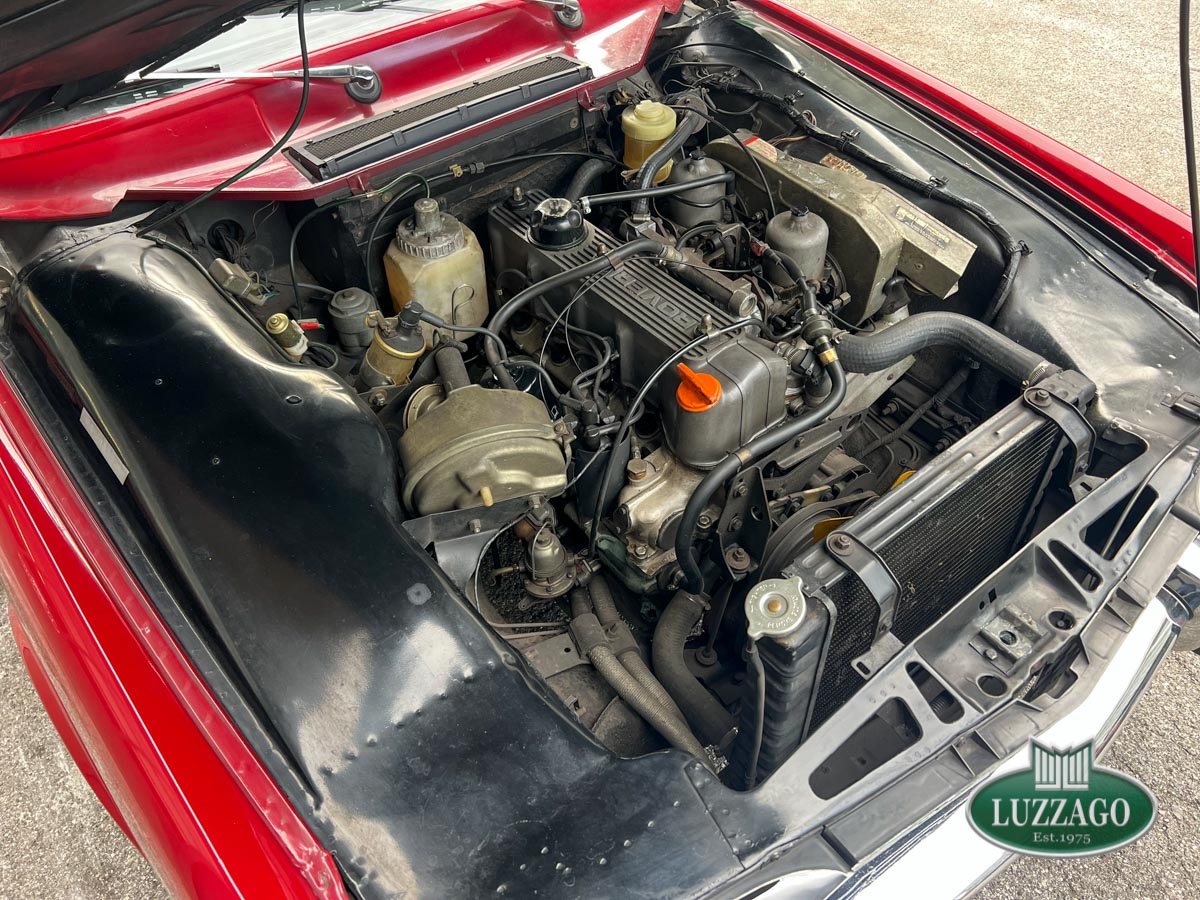




.jpg)
.jpg)
.jpg)
.jpg)
.jpg)
.jpg)
.jpg)
.jpg)
.jpg)
(1).jpg)

.jpg)
.jpg)
.jpg)
.jpg)
%20.jpg)
